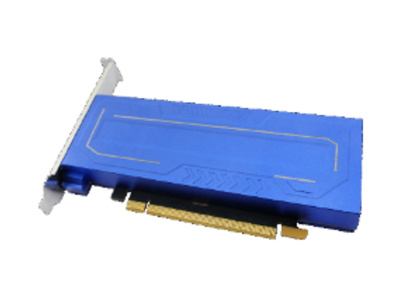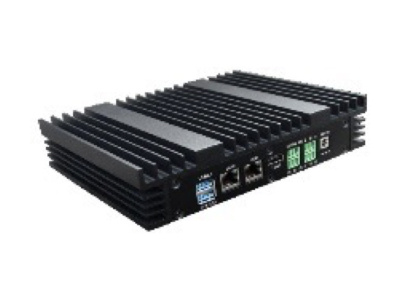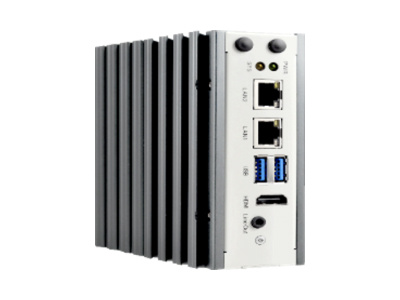Introduction
- Objective
Utilize the hardware capabilities of the Milk-V Duo 256MB to develop an efficient audio-to-text application. This application will receive audio input through the microphone interface of the Milk-V Duo and convert it to text output in real time. This will provide strong support for fields such as voice recognition and real-time subtitle generation, suitable for scenarios like meeting transcription, lectures, podcast production, and will aid in voice control and automation for smart home devices.
- Performance Requirements
- Real-time audio input processing with a delay of no more than 200 milliseconds.
- High-accuracy voice recognition with an error rate of less than 5%.
- Support for voice recognition in at least two languages (English and Chinese).
- Ability to run stably within the memory constraints of the Milk-V Duo 256MB.
- Evaluation Dataset Collection Instructions
- Developers need to prepare at least 10 hours of audio datasets from multiple scenarios (such as indoor, outdoor, noisy environments, etc.).
- The dataset should include voice samples with different accents, speech rates, and volumes.
- When submitting the evaluation set, a detailed description of the dataset must be included, with information such as the recording environment and speaker information.
- Acceptance Criteria
- The application can be successfully installed and run on the Milk-V Duo 256MB version.
- The application can stably receive audio input and complete text conversion within 200 milliseconds.
- The submitted application must pass accuracy rate tests of at least 95%, based on the provided evaluation set.
- The application should have a user-friendly interface that is easy to operate.
- Developers need to provide complete source code and documentation for subsequent maintenance and upgrades.
Please note that this task description is constructed based on the hardware specifications and computational power information of the Milk-V Duo 256MB version. In the actual development process, developers may need to adjust according to the actual hardware performance. Additionally, ensure that all relevant privacy and data protection laws are adhered to during the development process.


















































